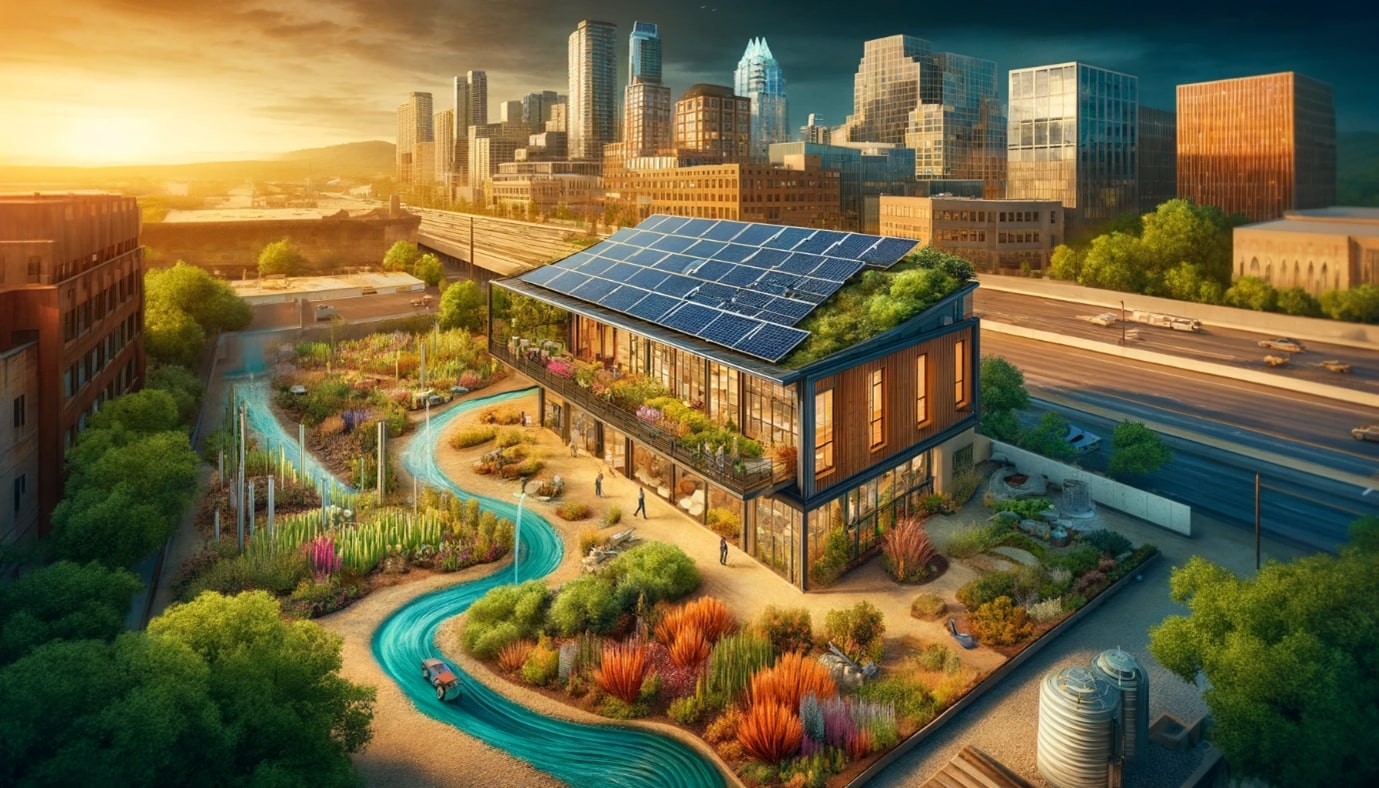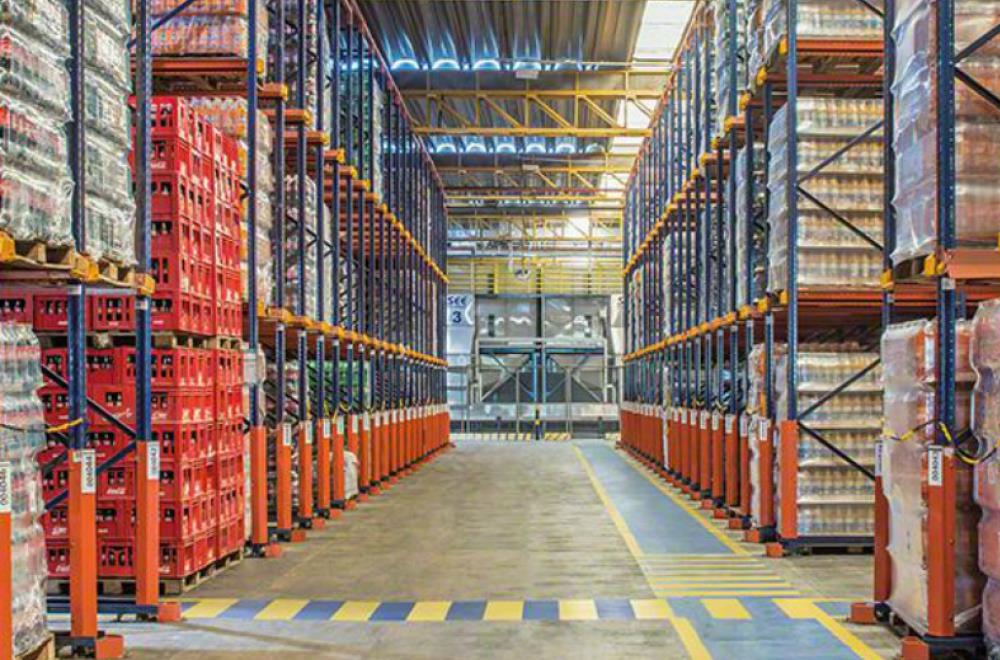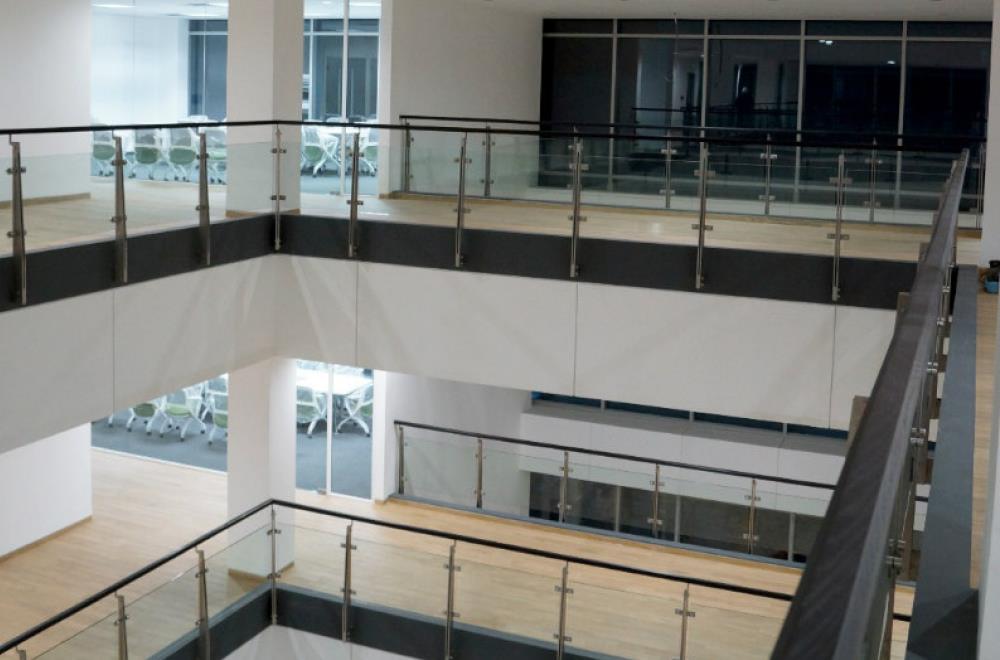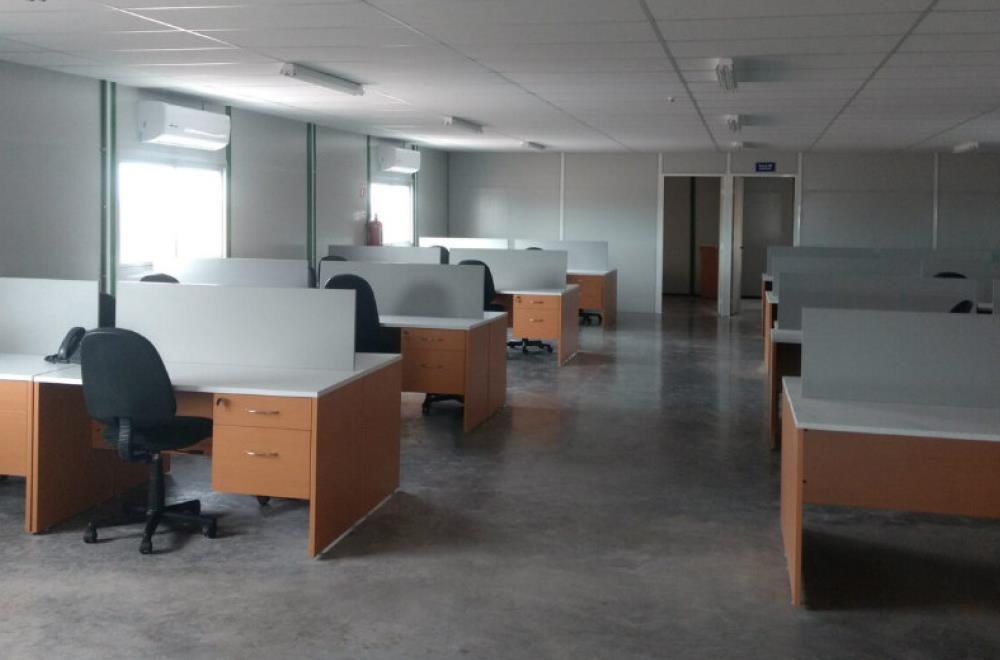
As Texas experiences rapid growth, the adoption of sustainable construction practices is more critical than ever. Known for its diverse landscapes and climates, Texas faces unique construction challenges and opportunities. This blog highlights how Texas is setting trends in sustainable building, integrating eco-friendly solutions that are both cost-effective and efficient.
Texas cities like Austin and Dallas are leading the charge in sustainable construction. By implementing stringent building standards focused on energy efficiency, water conservation, and reducing carbon footprints, Texas is making significant strides. The widespread adoption of LEED certification is pushing the envelope, encouraging developers to incorporate sustainable practices in residential and commercial projects.
In the realm of sustainable building, the choice of materials plays a pivotal role. Texas is at the forefront of this innovation, utilizing advanced insulation foams, reflective roofing, and low-emission windows. These materials are crucial for maintaining efficient temperature control, significantly cutting down on the need for artificial heating and cooling, especially given Texas' extreme climate variations.
Leveraging over 300 sunny days a year, Texas is ideally positioned to harness solar energy. New buildings are increasingly designed with integrated photovoltaic systems, not merely as add-ons but as fundamental components of architectural design. This integration not only powers buildings but also aligns with Texas’ goals to boost renewable energy usage.
With water scarcity being a pressing concern, Texas’ construction industry is adopting innovative water-saving strategies. Practices like rainwater harvesting and the use of drought-tolerant plants in landscaping are now standard. Additionally, buildings are being equipped with water-efficient fixtures to reduce waste effectively.
Sustainable site development is vital in minimizing a construction project's environmental impact. Texas companies are setting standards by choosing and developing sites that conserve natural habitats, reduce pollution, and enhance the built environment's quality. Strategies include minimizing soil erosion and safeguarding water quality during construction.
The ongoing commitment to sustainable construction in Texas is shaping a promising future not only for the state but also setting a benchmark nationally. By embracing innovative technologies and methodologies, Texas is addressing current environmental needs and paving the way for long-term prosperity.
The shift toward sustainable construction in Texas underscores a broader commitment to resilient, efficient, and eco-friendly building practices. As Texas continues to lead with innovative solutions, it serves as a model for sustainable construction worldwide.




